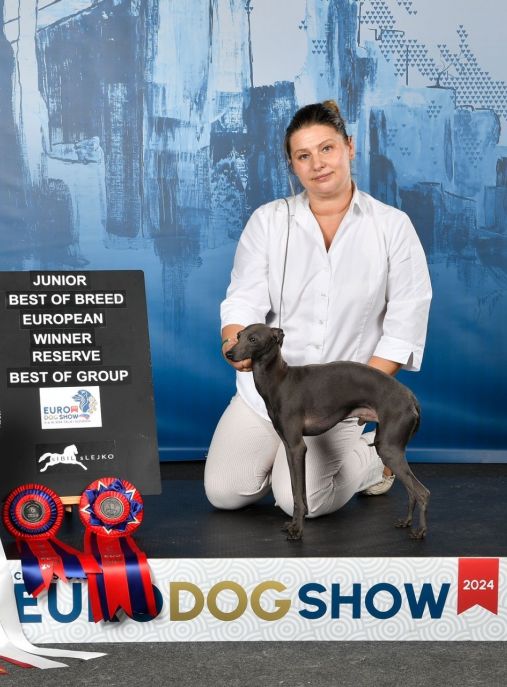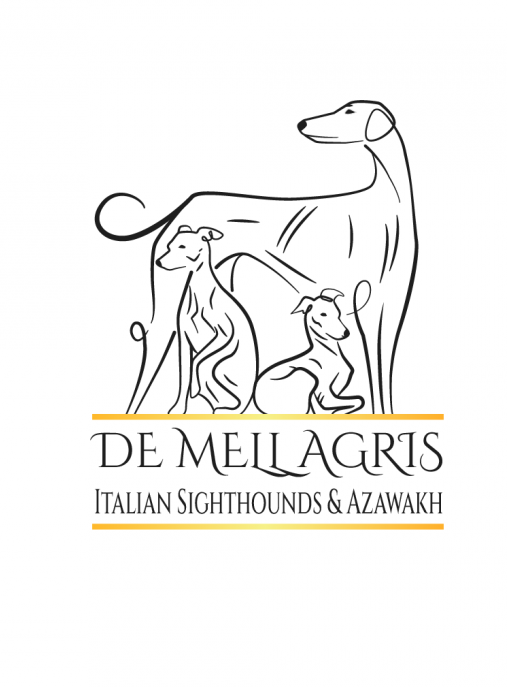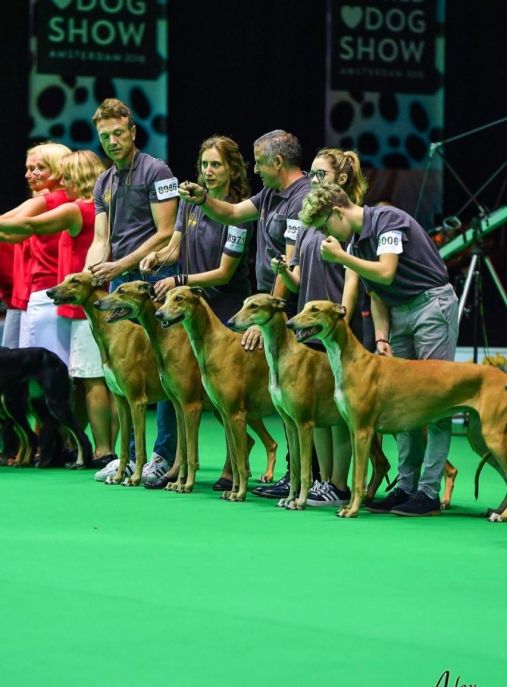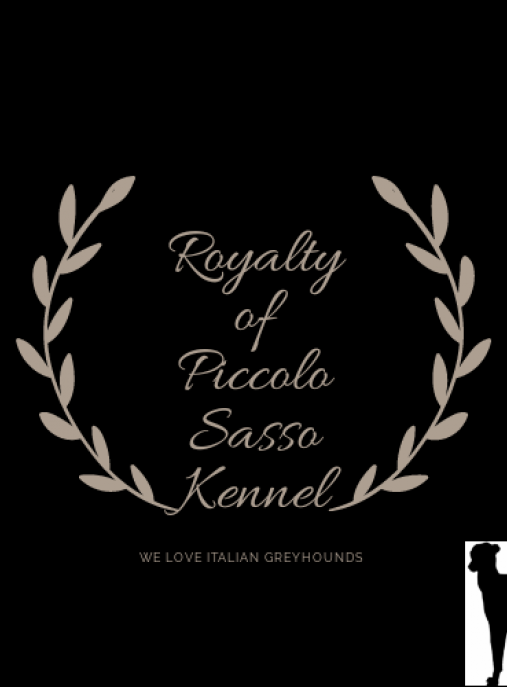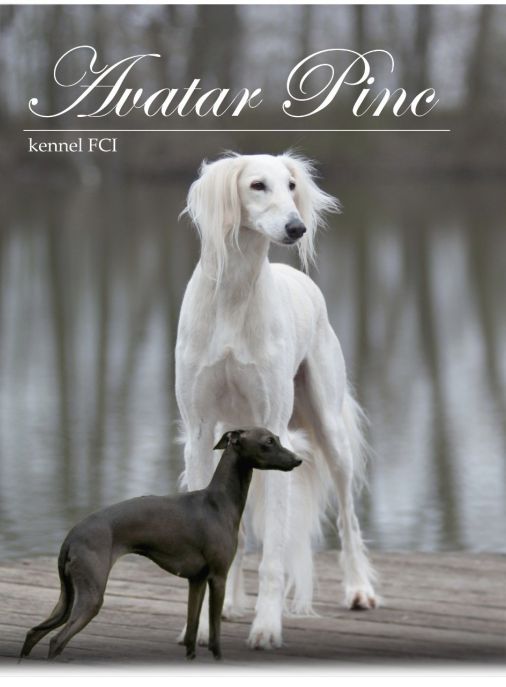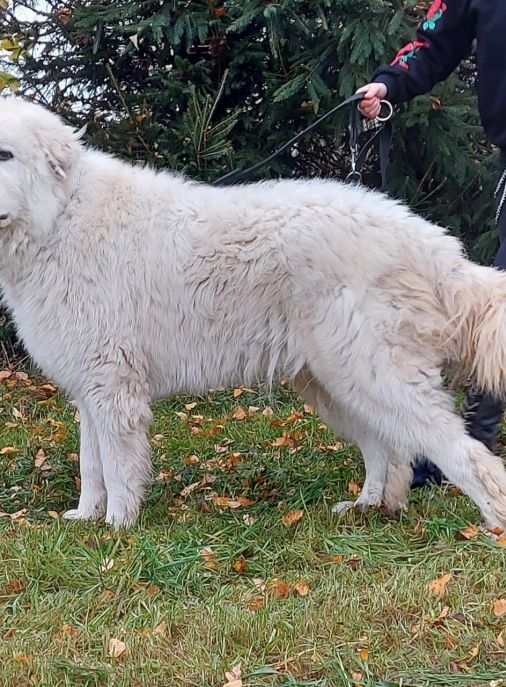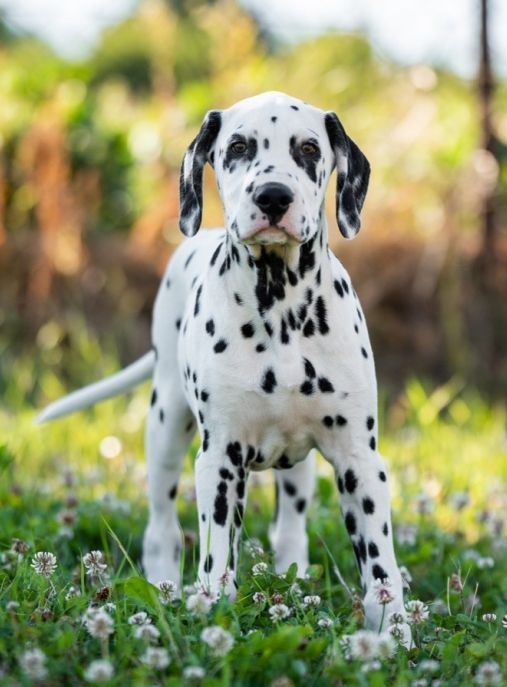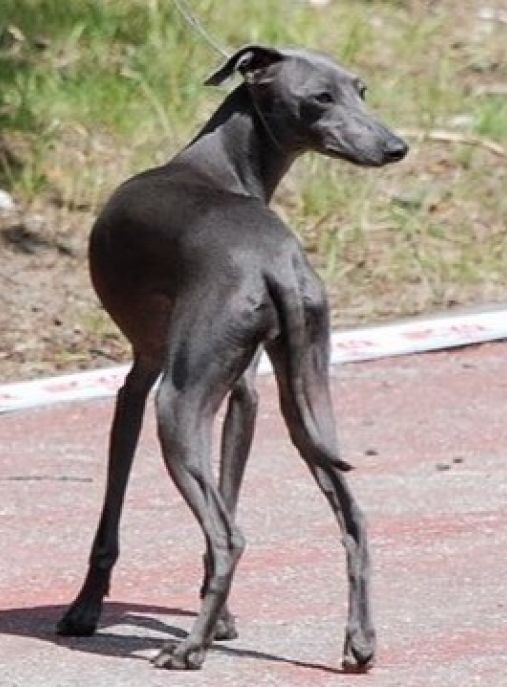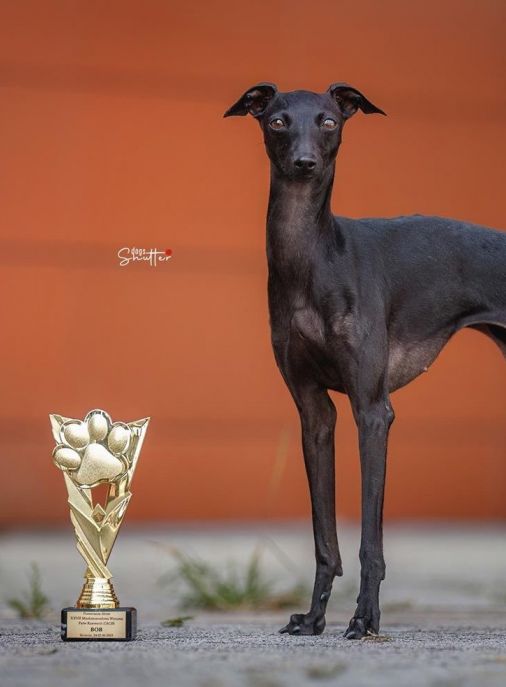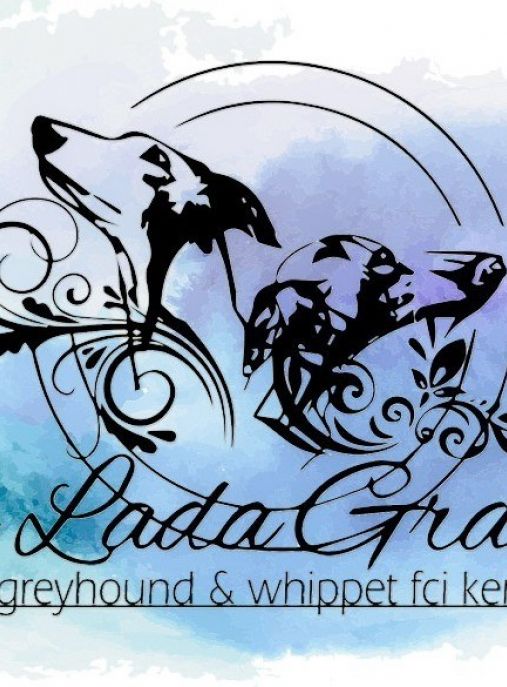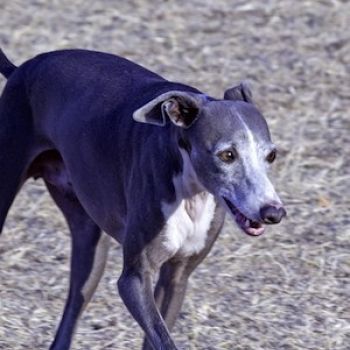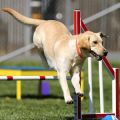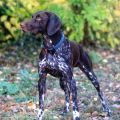The Italian Sighthound, also known as the Italian Greyhound, is a small and elegant dog breed that has captivated the hearts of many dog lovers around the world. With its sleek and slender build, graceful movements, and affectionate nature, this breed has become a popular choice for both families and individuals seeking a loyal and loving companion.
The history of the Italian Sighthound can be traced back to ancient times, with evidence of similar dogs found in Egyptian tombs dating back over 2,000 years. It is believed that these dogs were brought to Italy by the Phoenicians and later bred with local Italian dogs, resulting in the development of the Italian Sighthound we know today.
According to the FCI (Fédération Cynologique Internationale) typology, the Italian Sighthound belongs to Group 10, which includes sighthounds. These dogs are known for their exceptional speed and agility, making them excellent hunters and competitors in various dog sports.
The Italian Sighthound is primarily bred as a companion dog, known for its affectionate and gentle nature. They thrive on human companionship and are known to form strong bonds with their owners. They are also well-suited for families with older children, as they can be sensitive to rough handling.
In terms of physical characteristics, the Italian Sighthound is a small breed, typically weighing between 6 to 10 pounds (2.7 to 4.5 kg) and standing at a height of 13 to 15 inches (33 to 38 cm) at the shoulder. Despite their delicate appearance, they are surprisingly sturdy and agile, capable of reaching impressive speeds when running.
The life expectancy of the Italian Sighthound is around 12 to 15 years, which is relatively long for a small breed. However, it is important to note that individual dogs may vary, and proper care and nutrition are essential for ensuring a healthy and happy life for your Italian Sighthound.
One interesting fact about this breed is its adaptability to different living environments. While they are well-suited for apartment living due to their small size, they also enjoy outdoor activities and exercise. Regular walks and playtime are important to keep them mentally and physically stimulated.
The Italian Sighthound has a short and fine coat that comes in a variety of colors, including solid black, blue, fawn, red, cream, and white. Despite their short coat, they are not well-suited for cold weather and may require additional protection such as sweaters or coats during winter months.
Grooming needs for the Italian Sighthound are relatively low. Their coat is easy to maintain and only requires occasional brushing to remove loose hair. Additionally, regular dental care, nail trimming, and ear cleaning are essential for their overall health and well-being.
While the Italian Sighthound is generally a healthy breed, they may be prone to certain health issues. These can include dental problems, patellar luxation (knee dislocation), and progressive retinal atrophy (a degenerative eye disease). Regular veterinary check-ups and a balanced diet can help prevent and manage these potential health concerns.
In conclusion, the Italian Sighthound, or Italian Greyhound, is a delightful and affectionate breed that brings joy and companionship to its owners. With its elegant appearance, gentle nature, and adaptability, it is no wonder that this breed has gained popularity worldwide. Whether as a loving family pet or a competitive athlete, the Italian Sighthound continues to capture the hearts of dog enthusiasts everywhere.
The Italian Sighthound, also known as the Italian Greyhound, is a breed of dog that exudes elegance, grace, and charm. With their slender build and sleek coat, they are often compared to miniature versions of their larger Greyhound relatives. However, don't let their delicate appearance fool you - these dogs possess a spirited and lively character that is truly unique.
One of the most notable traits of Italian Sighthounds is their affectionate and loving nature. They form strong bonds with their owners and thrive on human companionship. They are known to be loyal and devoted, often seeking out their owner's attention and affection. This breed is particularly well-suited for individuals or families who can provide them with ample love and attention.
Despite their small size, Italian Sighthounds are energetic and agile. They possess a natural athleticism and love to engage in physical activities. Regular exercise is essential for these dogs to maintain their physical and mental well-being. Daily walks, playtime, and opportunities to run in a secure, fenced area are necessary to keep them happy and healthy.
While Italian Greyhounds are generally friendly and sociable, they can be reserved or shy around strangers. Early socialization is crucial to ensure they grow up to be well-rounded and confident dogs. Introducing them to various people, animals, and environments from a young age will help them develop into friendly and outgoing companions.
Training an Italian Sighthound requires patience, consistency, and positive reinforcement. These dogs are intelligent and eager to please, making them relatively easy to train. However, they can be sensitive to harsh training methods or excessive discipline. Gentle guidance and rewards such as treats, praise, and playtime will yield the best results.
Due to their affectionate nature, Italian Greyhounds can be prone to separation anxiety if left alone for extended periods. They thrive in homes where someone is present most of the time or where they have a canine companion to keep them company. Crate training can also be beneficial in helping them feel secure and comfortable when left alone.
Italian Sighthounds have a strong prey drive, which means they may be inclined to chase small animals. It is important to keep them on a leash or in a securely fenced area to prevent them from running off in pursuit of a squirrel or rabbit. Additionally, their thin coat makes them sensitive to cold weather, so providing them with appropriate clothing or a warm indoor environment is necessary during colder months.
In conclusion, Italian Sighthounds are affectionate, energetic, and intelligent dogs that make wonderful companions for the right owner. They require regular exercise, socialization, and positive training methods to thrive. With the proper care and attention, these elegant dogs will bring joy and love to any household lucky enough to have them.
Italian Greyhounds, also known as Italian Sighthounds, are elegant and delicate dogs that require special care to ensure their well-being. Here are some tips on how to properly care for these beautiful creatures, including what to do and what not to do.
First and foremost, Italian Greyhounds have a thin coat and minimal body fat, making them sensitive to cold weather. It is crucial to provide them with appropriate protection during chilly seasons. Consider investing in dog sweaters or coats to keep them warm during walks or outdoor activities. Additionally, provide them with a cozy and warm bed indoors, away from drafts.
Exercise is essential for Italian Greyhounds, but it should be done with caution. These dogs have a strong prey drive and are prone to chasing small animals. Always keep them on a leash or in a securely fenced area to prevent them from running off. They are also sprinters, so short bursts of intense exercise are preferable to long-distance runs. Regular walks and play sessions in a safe environment will help keep them physically and mentally stimulated.
Due to their thin skin, Italian Greyhounds are prone to injuries and sunburn. Avoid walking them during the hottest hours of the day, as their skin can easily get burned. Apply pet-safe sunscreen to their exposed areas, such as the nose, ears, and belly, when necessary. Additionally, be cautious when handling them, as their fragile bones can break easily. Support their bodies properly when picking them up or carrying them.
Italian Greyhounds have a sensitive digestive system, so it is important to provide them with a balanced and high-quality diet. Consult with a veterinarian to determine the appropriate type and amount of food for your dog's age, size, and activity level. Avoid feeding them table scraps or foods that are toxic to dogs, such as chocolate, onions, and grapes. Additionally, be mindful of their weight, as obesity can lead to various health issues. Regularly monitor their body condition and adjust their diet accordingly.
Grooming Italian Greyhounds is relatively easy due to their short coat. Regular brushing with a soft-bristle brush will help remove loose hair and keep their coat shiny. However, their teeth and nails require special attention. Brush their teeth regularly using a dog-specific toothpaste and trim their nails carefully to avoid overcutting and causing bleeding. If you are unsure about nail trimming, seek professional help from a groomer or veterinarian.
When it comes to socialization, Italian Greyhounds thrive on human companionship and can be prone to separation anxiety. Spend quality time with them, provide mental stimulation through interactive toys, and consider crate training to help them feel secure when left alone. However, avoid leaving them alone for extended periods, as they are prone to loneliness and may develop destructive behaviors.
Lastly, Italian Greyhounds are generally healthy dogs, but they are prone to certain genetic conditions. Regular veterinary check-ups are crucial to monitor their overall health and detect any potential issues early on. Be aware of common health problems in this breed, such as dental issues, patellar luxation, and progressive retinal atrophy, and consult with a veterinarian for appropriate preventive measures.
In summary, caring for Italian Greyhounds requires attention to their specific needs. Provide them with warmth, protect their delicate skin, exercise them safely, feed them a balanced diet, groom them regularly, and ensure they receive proper socialization and veterinary care. By following these guidelines, you can ensure a happy and healthy life for your Italian Sighthound companion.
The Italian Sighthound, commonly known as the Italian Greyhound, is a breed renowned for its elegance and grace. One of the distinguishing features of these magnificent dogs is their unique and captivating coat color. The color of Italian Greyhounds can vary, but there are several common shades that are frequently seen within the breed.
One of the most prevalent colors found in Italian Greyhounds is a stunning shade of solid fawn. This color is characterized by a warm, golden hue that ranges from a light, creamy beige to a deeper, richer tan. The fawn color is often seen as a base color, covering the majority of the dog's body, and is known for its smooth and consistent appearance. It exudes a sense of warmth and radiance, enhancing the dog's overall beauty.
Another popular color seen in Italian Greyhounds is a striking shade of solid black. This color is often described as a deep, velvety black that adds an air of sophistication and mystery to the breed. The black coat is known for its sleek and glossy appearance, which further accentuates the dog's slender and graceful physique. It creates a stunning contrast against the dog's delicate features, making it a truly eye-catching color.
In addition to fawn and black, Italian Greyhounds can also be found in a range of other colors. These include shades of blue, which encompass a spectrum of cool, slate-like hues. The blue coat color can vary from a light, silvery blue to a darker, steel gray, creating a mesmerizing effect. This color adds a touch of ethereal beauty to the breed, enhancing their regal and elegant presence.
Furthermore, Italian Greyhounds can exhibit a variety of markings and patterns on their coat. These can include white markings, which can appear as a blaze on the chest, a stripe on the face, or as socks on the paws. These white markings provide a delightful contrast against the base color, adding a touch of charm and individuality to each dog.
The coat of an Italian Greyhound is typically short, fine, and smooth to the touch. This not only enhances their sleek appearance but also makes them low maintenance when it comes to grooming. Their coat is known for its softness and velvety texture, which adds to their overall appeal.
In conclusion, the color of Italian Greyhounds is a captivating aspect of this breed's beauty. From the warm and radiant fawn to the sophisticated and mysterious black, these dogs exhibit a range of stunning colors. Whether it's the cool and ethereal blue or the charming white markings, the coat of an Italian Greyhound is a testament to their elegance and grace.
The Italian Sighthound, also known as the Italian Greyhound, is a small and elegant breed known for its grace, agility, and affectionate nature. While generally a healthy breed, Italian Greyhounds are prone to certain health issues that owners should be aware of to ensure their well-being. In this text, we will explore the most common diseases found in Italian Greyhounds and provide tips on how to care for their health.
One of the most prevalent health concerns in Italian Greyhounds is dental disease. Due to their small size and delicate jaws, these dogs are prone to dental issues such as periodontal disease, tooth decay, and gum infections. Regular dental care, including daily brushing, professional cleanings, and providing appropriate chew toys, is crucial to maintain their oral health.
Another common health issue in Italian Greyhounds is patellar luxation. This condition occurs when the kneecap slips out of its normal position, causing discomfort and lameness. Regular exercise, maintaining a healthy weight, and avoiding excessive jumping or rough play can help prevent this condition. In severe cases, surgical intervention may be necessary to correct the luxation.
Italian Greyhounds are also susceptible to allergies, which can manifest as skin irritations, itching, and ear infections. Identifying and avoiding allergens, such as certain foods or environmental triggers, is essential to manage these allergies. Regular grooming, including bathing and ear cleaning, can help alleviate symptoms and prevent secondary infections.
Another health concern in Italian Greyhounds is hypothyroidism, a condition where the thyroid gland does not produce enough hormones. Symptoms may include weight gain, lethargy, hair loss, and skin issues. Regular veterinary check-ups, including blood tests to monitor thyroid function, can help detect and manage this condition. Treatment typically involves hormone replacement therapy.
Italian Greyhounds are also prone to eye diseases, such as progressive retinal atrophy (PRA) and cataracts. PRA is a degenerative condition that leads to gradual vision loss, while cataracts cause clouding of the lens. Regular eye examinations by a veterinary ophthalmologist can help detect these conditions early on, allowing for appropriate management or surgical intervention if necessary.
To care for the health of Italian Greyhounds, it is essential to provide them with a balanced diet that meets their nutritional needs. High-quality dog food, formulated for small breeds, can help maintain their overall health and prevent obesity. Regular exercise is also crucial to keep them physically fit and mentally stimulated. However, it is important to avoid excessive exercise or strenuous activities that could strain their delicate bones and joints.
Regular veterinary check-ups are vital for early detection and prevention of potential health issues. Vaccinations, parasite prevention, and routine screenings should be part of their healthcare regimen. Additionally, maintaining a safe and secure environment, free from hazards and toxic substances, is essential to ensure their well-being.
In conclusion, while Italian Greyhounds are generally healthy dogs, they are prone to certain health issues that owners should be aware of. Dental disease, patellar luxation, allergies, hypothyroidism, and eye diseases are among the most common conditions in this breed. By providing proper dental care, regular exercise, a balanced diet, and regular veterinary check-ups, owners can ensure the health and well-being of their Italian Greyhounds for years to come.
The Italian Sighthound, also known as the Italian Greyhound, is a small and elegant breed known for its slender build and graceful movement. When it comes to their nutrition, it is essential to provide them with a well-balanced diet that meets their specific needs. Here is an extensive description of the nutrition requirements for Italian Sighthound dogs, along with advice on feeding and what to avoid.
Italian Sighthounds have a high metabolism and are prone to being underweight, so it is crucial to provide them with a diet that is rich in nutrients and calories. Here are some key points to consider when feeding an Italian Sighthound:
1. High-Quality Protein: Protein is essential for muscle development and overall health. Choose a dog food that contains high-quality animal-based protein sources like chicken, turkey, or fish. Avoid foods that list meat by-products or fillers as the main ingredients.
2. Balanced Diet: Italian Sighthounds require a balanced diet that includes a mix of proteins, carbohydrates, and fats. Look for dog food that provides a proper balance of these nutrients. Consult with your veterinarian to determine the right amount of each nutrient for your specific dog.
3. Caloric Intake: Italian Sighthounds have a fast metabolism, so they require more calories per pound of body weight compared to larger breeds. Monitor their weight regularly and adjust their food portions accordingly to maintain a healthy weight.
4. Small, Frequent Meals: Instead of feeding your Italian Sighthound one or two large meals, divide their daily food intake into smaller, more frequent meals. This helps prevent bloating and aids in digestion.
5. Healthy Fats: Include healthy fats in their diet, such as omega-3 fatty acids found in fish oil or flaxseed. These fats promote a healthy coat, skin, and joint health.
6. Fresh Fruits and Vegetables: Incorporate fresh fruits and vegetables into their diet as a source of vitamins, minerals, and antioxidants. Some suitable options include carrots, green beans, blueberries, and apples. Avoid toxic foods like grapes, raisins, onions, and garlic.
7. Hydration: Ensure your Italian Sighthound has access to fresh water at all times. Proper hydration is crucial for their overall health and helps maintain a healthy coat and skin.
8. Avoid Overfeeding: While it's important to meet their caloric needs, avoid overfeeding your Italian Sighthound. Obesity can lead to various health issues, including joint problems and decreased lifespan. Follow feeding guidelines provided by your veterinarian or dog food manufacturer.
9. Allergies and Sensitivities: Some Italian Sighthounds may have food allergies or sensitivities. If you notice any signs of allergies, such as itching, gastrointestinal issues, or skin problems, consult with your veterinarian to identify potential allergens and adjust their diet accordingly.
10. Avoid Table Scraps: While it may be tempting to share your food with your Italian Sighthound, it's best to avoid feeding them table scraps. Human food can be high in fat, salt, and spices, which can be harmful to their health.
Remember, every dog is unique, and their nutritional needs may vary. It's always recommended to consult with your veterinarian to develop a personalized feeding plan for your Italian Sighthound based on their age, weight, activity level, and any specific health concerns they may have.
